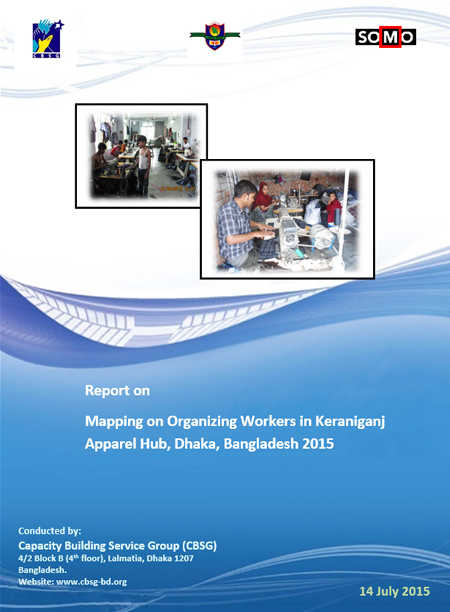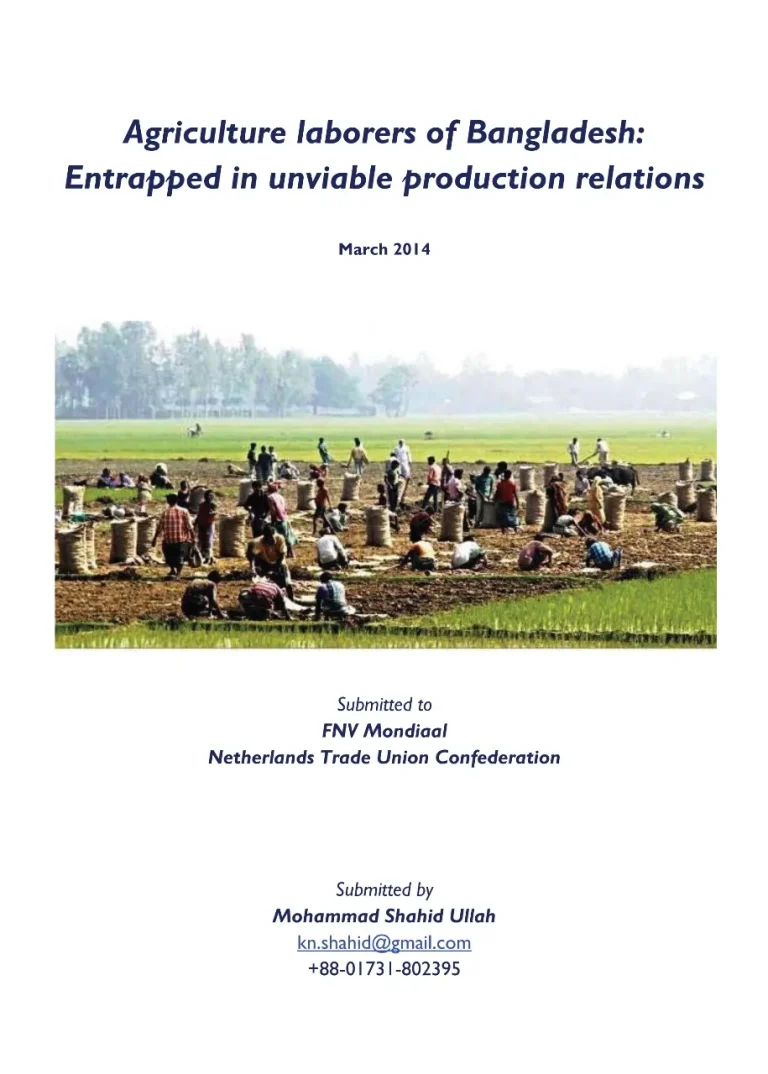Researsh & Study
Millions of people around the world work to produce leather garments, footwear, and accessories. Production often takes place in low- and middle-income countries. China is the leading producer country, but India, Bangladesh, and Pakistan are, to varying degrees, also important producers of leather and leatherwear. This industry notoriously associated with human rights and labour rights violations as well as environmental damage in the different production stages. Companies systematically neglect the rights and safety of workers. The Covid-19 crisis has made matters worse. Workers have a right to know and to be informed about all workplace-related aspects that may impact on their income, health, livelihood, and so on.
SOMO conducted this study to make the case for improved public disclosure of disaggregated and detailed supply chain data by international buying companies. Bangladesh Labour Foundation (BLF) has provided essential information
and insights into the leather industry in Bangladesh, focusing on working conditions, labour rights, and environmental issues.
Objectives: This study aim to create a more transparent, fair, and sustainable leather industry that better protects workers’ rights and adheres to international standards.
Methodology: This paper is a part of the Together for Decent Leather programme and alongside our new report, ‘’Supply chain transparency in the leather-based garment, footwear, and accessories industry’’. The report provides an analysis of the current supply chain disclosure practices of 100 selected companies.
Findings: The current disclosure practices are insufficient, with only a small percentage of companies providing information beyond their first-tier suppliers. For instance, the Fashion Revolution’s 2022 Transparency Index indicates that only 32% of companies disclose processing facilities, and a mere 12% provide information on raw material suppliers. This lack of comprehensive disclosure highlights the need for stronger regulatory frameworks and industry standards to compel greater transparency and accountability
Recommendation:
- Trace and map all links of the extended supply chains of your products beyond suppliers of end-products.
- Require member companies and corporate affiliates to trace and map all links of their extended supply chains beyond end-product suppliers and to publicly disclose disaggregated and detailed supply chain data, covering the categories and elements.
- Create a regulatory and policy environment that enables and encourages corporate actors along the extended supply chain of leather-based products.






